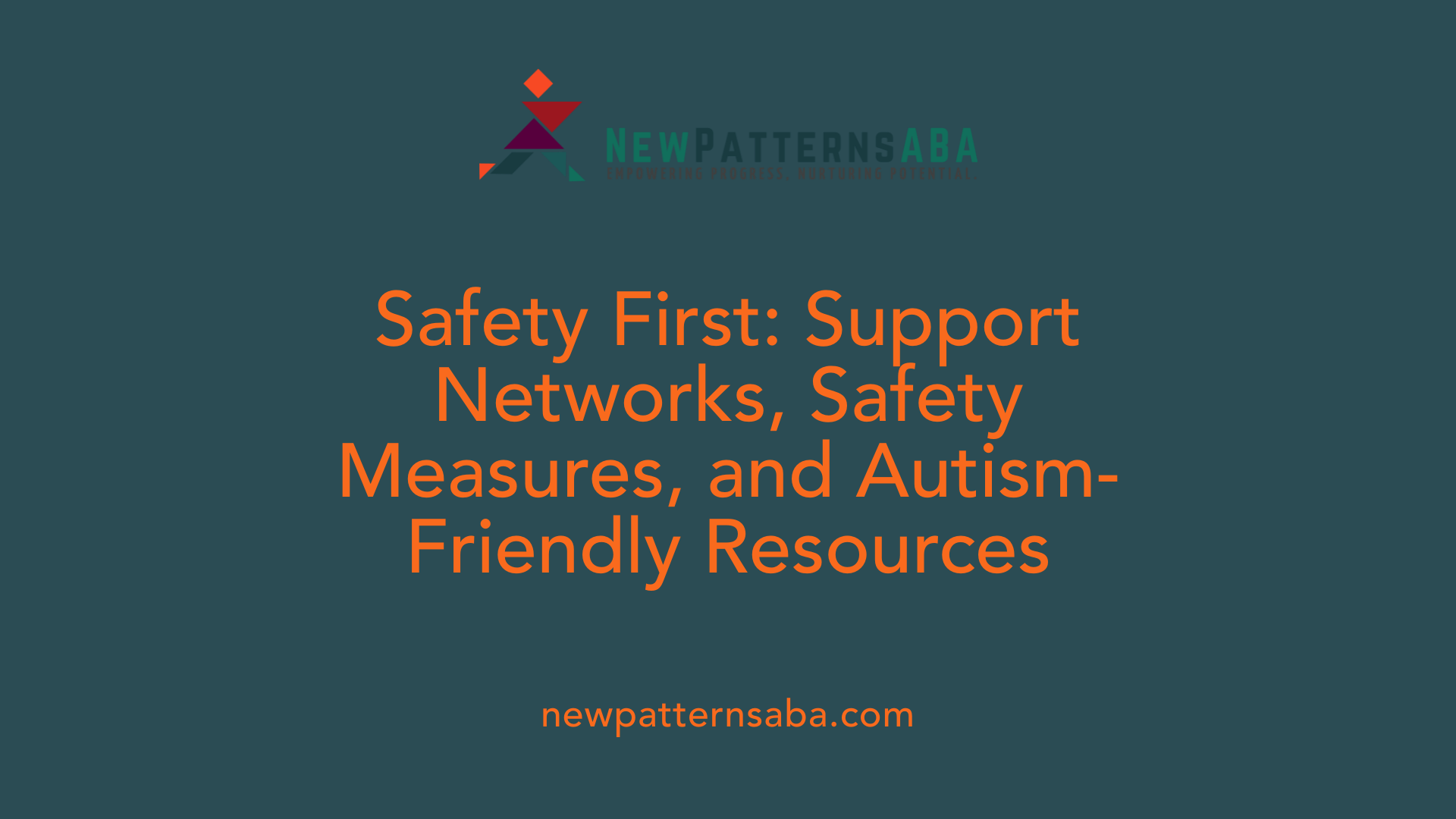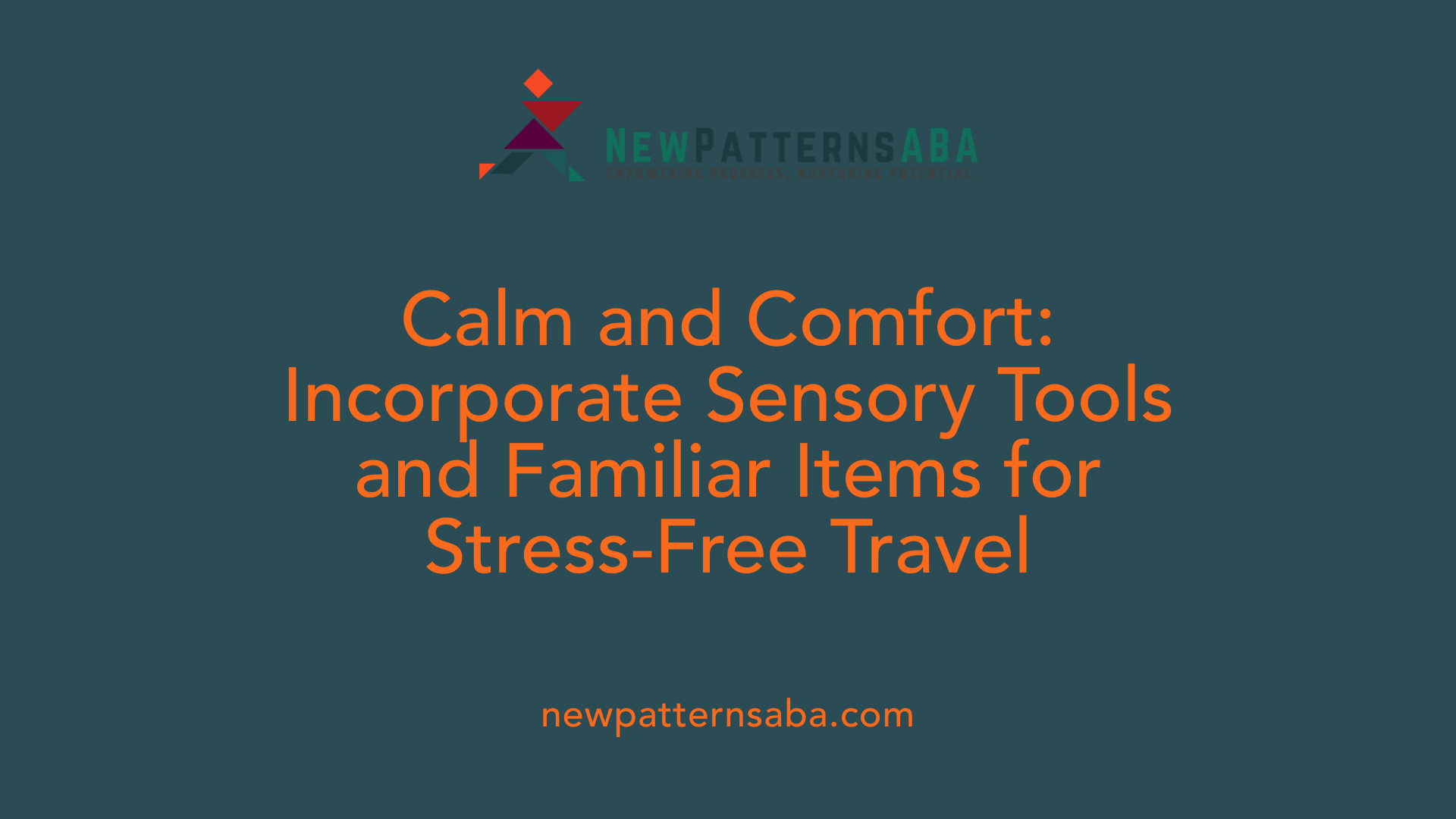Empowering Autistic Adults for Self-Directed Journeys
Laying the Foundation for Independent Travel
Traveling independently is a vital step toward increased confidence and personal growth for autistic adults. With proper preparation, tailored resources, and support, these individuals can navigate new environments safely and enjoy meaningful experiences. This guide outlines essential strategies, practical advice, and resources to help autistic adults embark on their journeys with confidence and independence.
Foundations of Preparation for Autistic Travelers

What are some general strategies and tips for preparing autistic adults for independent travel?
Effective preparation is crucial to ensure a comfortable and successful travel experience for autistic adults. Start by practicing routines related to packing, transportation, and navigating airports or stations, gradually increasing the complexity with short trips or familiar destinations.
Creating visual schedules and social stories helps outline each step of the journey, reducing uncertainty. Using pictures, checklists, or written instructions can make the process more manageable.
Involving familiar items—such as favorite toys, comfort objects, or sensory tools—can offer reassurance throughout the trip. These items help create a sense of security and familiarity.
Travel planning should include contacting service providers in advance to arrange necessary accommodations, whether it's priority boarding, quiet spaces, or assistance. Developing detailed logistics, like transportation routes, hotel bookings, and safety measures such as wearable ID tags or GPS trackers, further increases confidence.
Having a support network—either a travel buddy knowledgeable about autism or remote help via phone or internet—can make a significant difference. Also, making a safety plan for potential disruptions or emergencies ensures preparedness.
Lastly, thoroughly researching the destination, understanding its sensory environment, and preparing for unforeseen issues helps make the trip smoother, more predictable, and less stressful.
What practical advice can help autistic travelers with travel planning, packing, safety, and navigation?
Practical steps include thorough organization and early packing, using visual aids, social stories, and detailed checklists to prepare for travel. It’s essential to communicate with airlines, airports, and hotels ahead of time to request accommodations like early boarding, quiet rooms, or assistance.
Packing comfort items such as favorite toys, snacks, electronic devices, and noise-canceling headphones can significantly enhance comfort. Wearing proper identification or medical bracelets adds a layer of safety.
Maintaining routines and schedules, even during travel, minimizes anxiety. Involving the traveler in planning decisions can foster a sense of control and reduce feelings of helplessness.
Implement safety measures like GPS tracking, mobile apps designed for travel, and clear understanding of security procedures. Preparing for potential wandering or sensory overload with plans for re-grouping or calming activities ensures preparedness.
What resources, organizations, or initiatives support autism-friendly travel?
Several initiatives and organizations promote autism-friendly travel. AutismTravel.com provides a directory of destinations, hotels, and travel providers that carry the Certified Autism Center™ status, indicating extensive staff training and sensory accommodations.
Organizations like IBCCES (International Board of Credentialing and Continuing Education Standards) offer certification programs for travel services, ensuring environments are welcoming and accessible.
Autism Speaks offers practical guides, safety tips, and access to autism-friendly venues and services. Programs such as Autism on the Seas and Wings for Autism organize staff-assisted group travel and airport familiarization rehearsals, which reduce anxiety and build confidence.
These efforts collectively support inclusive travel, making journeys safer and more enjoyable for autistic travelers and their families.
What guidance can be provided to caregivers and families to support autistic adults in travel?
Caregivers should focus on meticulous planning, including the selection of autism-friendly accommodations and transportation. Reviewing available services at the destination with the traveler prepares them mentally.
Practicing travel routines through role-playing, using social stories, and visual supports can help internalize expectations and reduce resistance.
Providing sensory aids—such as noise-canceling headphones, sunglasses, or weighted blankets—mitigates sensory sensitivities. Equipping the traveler with identification cards, medical information, or wearable tags enhances safety.
Families should empower the traveler with self-advocacy skills and involve them in decision-making to increase their sense of control. Supporting them emotionally and providing reassurance are vital parts of successful travel.
How does independent travel impact the personal development of autistic adults?
Travel fosters independence by requiring autistic adults to navigate new environments, solve problems, and adapt to unexpected situations. It builds confidence as they learn that they can manage challenges and enjoy new experiences.
Exposure to diverse cultures and environments promotes self-awareness, acceptance, and resilience. It reduces the need to mask behaviors in accepting settings, fostering authenticity.
Travel also improves life skills such as transportation management, time management, and social interaction—skills that translate into greater autonomy at home and work.
For many autistic adults, travel can be therapeutic, boosting mental health, reducing isolation, and increasing overall life satisfaction. It serves as a catalyst for personal growth, empowerment, and enriched self-identity.
Role of Support Systems and Safety Planning
 Having a reliable support system is fundamental for autistic travelers to feel safe and confident while navigating new environments. This support can come in the form of a travel companion who understands the individual’s needs, routines, and sensitivities, or through accessible online resources and local assistance services.
Having a reliable support system is fundamental for autistic travelers to feel safe and confident while navigating new environments. This support can come in the form of a travel companion who understands the individual’s needs, routines, and sensitivities, or through accessible online resources and local assistance services.
A knowledgeable travel companion can help manage tasks, offer emotional reassurance, and intervene if sensory overload or confusion occurs. For autistic travelers who prefer to go solo, setting up safety measures like ID tags with essential medical information, contact details, and safety plans can provide peace of mind.
Safety planning also involves having strategies in place for potential disruptions, such as lost luggage, missed flights, or sensory overload episodes. Packing familiar comfort items—like noise-canceling headphones, fidget toys, or favorite snacks—can ease anxiety during unforeseen circumstances.
Utilizing online resources tailored for autism-friendly travel can be immensely helpful. Websites such as AutismTravel.com feature directories of Certified Autism Centers™ and trained travel professionals who understand how to accommodate sensory and communication needs. These organizations often provide tools like social stories, visual checklists, and sensory mitigation techniques that can prepare travelers for various situations.
Furthermore, some destinations offer specific autism-friendly programs, including airports with sensory-friendly areas, as well as accommodations trained to meet autism-specific needs. Connecting with local autism organizations or using travel support services, such as autism-friendly guides or assistance at airports, enhance safety and comfort.
Overall, building a comprehensive safety framework—combining personal support, resource awareness, and strategic planning—ensures a more manageable and enjoyable travel experience for autistic adults. These measures foster independence while still offering the essential safety net to navigate challenges effectively.
Preparing for Travel Disruptions and Recovery
 When traveling independently, especially for autistic adults, unforeseen disruptions can occur—delays, lost luggage, sensory overload, or communication barriers. Having a well-thought-out plan for handling these surprises can make a significant difference.
When traveling independently, especially for autistic adults, unforeseen disruptions can occur—delays, lost luggage, sensory overload, or communication barriers. Having a well-thought-out plan for handling these surprises can make a significant difference.
One effective strategy is to prepare a 'toolkit' that includes calming techniques, sensory aids like noise-canceling headphones or fidget toys, and backup plans for common issues such as lost belongings or missed connections. Carrying extra snacks, familiar items, and having access to digital resources or communication cards can also provide reassurance.
Planning ahead to include contingency options, such as alternative transportation routes or backup accommodations, helps reduce stress during unexpected events.
Equally important is scheduling time for recovery once the trip concludes. Post-travel fatigue, sensory overload, or emotional exhaustion can be mitigated by allocating rest days or quiet periods after travel. Recognizing the signs of burnout—such as increased irritability, fatigue, or sensory sensitivities—and proactively planning downtime can enhance overall well-being.
To facilitate a smooth transition back home, caregivers should prepare a modified routine, allow extra sleep, and engage in calming activities. Creating a dedicated space for relaxation and providing sensory comforts—like favorite weighted blankets or calming music—are effective ways to aid re-regulation.
| Aspect | Strategies & Tips | Examples |
|---|---|---|
| Handling disruptions | Prepare a travel toolkit, develop contingency plans | Extra chargers, backup transport options |
| Post-trip recovery | Schedule recovery time, monitor signs of exhaustion, maintain routines | Quiet days, familiar activities, sensory tools |
| Safety planning | Use identification, GPS tracking, communicate with support contacts | Medical ID, safety apps |
Understanding and preparing for potential disruptions, coupled with scheduled recovery periods, ensures that autistic travelers maintain physical and emotional well-being. Such proactive planning helps transform travel from a stressful ordeal into an enriching experience.
Using Sensory Tools and Comfort Items
 Traveling can be overwhelming for many autistic individuals due to sensory sensitivities and the unpredictability of new environments. To help manage these challenges, incorporating sensory tools and comfort items into travel routines is highly beneficial.
Traveling can be overwhelming for many autistic individuals due to sensory sensitivities and the unpredictability of new environments. To help manage these challenges, incorporating sensory tools and comfort items into travel routines is highly beneficial.
Types of sensory tools that support autistic travelers
A broad range of sensory aids can provide comfort and reduce stress during trips. Common tools include noise-canceling headphones, which block out ambient noise and help prevent sensory overload. Fidget toys or stress balls serve as tactile distractions, offering a calming effect. Sunglasses or tinted glasses can reduce glare and visual overstimulation. Weighted blankets or vests provide proprioceptive input that can promote a sense of security. Additionally, portable sensory mats and inflatable cushions can create familiar, comfortable spaces within noisy environments.
Incorporating comfort items into travel routines
Bringing familiar comfort items often makes a significant difference. These include favorite plush toys, comfort blankets, or photographs that evoke positive memories. Snacks and drinks also offer sensory comfort and help regulate mood and energy levels. Electronic devices loaded with preferred music, videos, or calming apps can serve as personal retreats during stressful moments. Wearing clothing that feels comfortable and familiar—such as soft fabrics or layers for temperature regulation—adds to the sense of routine stability.
How sensory tools can help mitigate overload and stress
Using these tools can dramatically diminish the chance of sensory overload that may lead to distress or meltdowns. Noise-canceling headphones, for example, provide relief in noisy airports or crowded attractions. Fidget toys and calming apps can divert attention away from overwhelming stimuli. Pre-packed sensory kits tailored to individual preferences ensure comfort is readily accessible. These interventions allow autistic travelers to maintain a sense of control and calm, contributing to a safer and more enjoyable travel experience.
| Sensory Tool | Purpose | Practical Use |
|---|---|---|
| Noise-canceling headphones | Reduce auditory overstimulation | Use in airports, planes, busy streets |
| Fidget toys / stress balls | Tactile distraction | Keep accessible in pockets or bags |
| Sunglasses / tinted glasses | Visual comfort | Wear during outdoor activities |
| Weighted blankets / vests | Deep pressure touch for calming | Portable for use in waiting areas or hotels |
| Portable sensory mats | Create comforting space | Use in hotel rooms or quiet zones |
Supporting autistic travelers with suitable sensory tools not only decreases anxiety but also promotes independence and confidence during travel. Tailoring sensory support to individual needs ensures each trip becomes a positive, empowering experience.
Embracing the Journey Ahead
Preparing autistic adults for independent travel is a comprehensive process that encompasses practical planning, resource utilization, sensory considerations, safety protocols, and ongoing support. By fostering confidence and equipping travelers with appropriate tools and information, we enable meaningful experiences that promote personal growth and a sense of independence. As awareness and resources continue to expand, the travel landscape is becoming more inclusive, offering autistic adults greater opportunities to explore the world on their terms. Embracing this journey not only broadens horizons but also empowers individuals to achieve greater self-reliance and fulfillment in their lives.






